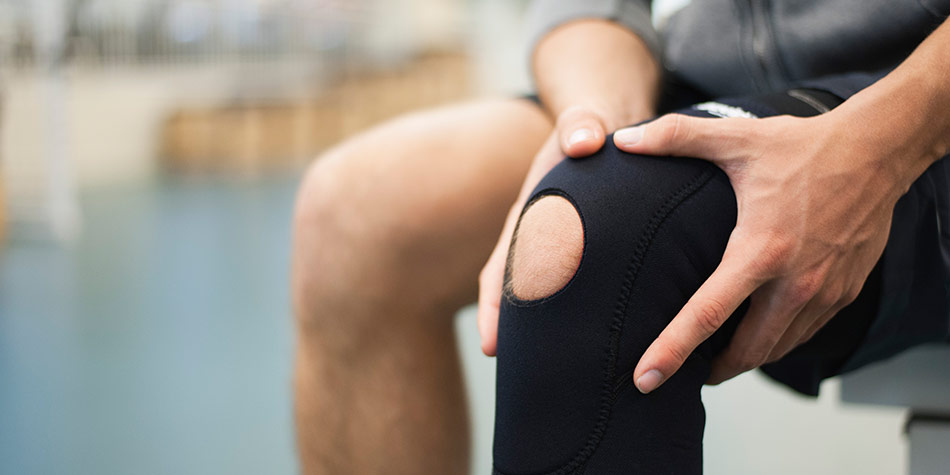
Do you ever think about how nice it is to squat down and not feel pain? Has it been a while since you’ve done that?
Knee pain is a common complaint. In fact, knees are the most commonly injured joints. Your knee is the largest joint in your body. Your knee joins your tibia and femur, your two largest bones. But your knee is prone to injury because the ends of the femur and tibia don’t form a very deep socket. Other joints with deeper sockets are more secure. Imagine the difference between a baseball cap and a ski hat. In strong winds, the deeper hat (ski hat) is more secure.
Signs of a knee problem
If you have knee pain, you probably have a clue that something is going on. Other signs and symptoms of a knee injury or problem include:
- You can’t fully straighten your knee
- You hear crunching or popping sounds when your knee bends
- Your knee has redness or feels warm when you touch it
- Your knee is swollen and stiff
- Your knee feels weak and unstable
Causes of knee pain
Different things can cause knee pain, such as arthritis, infection or a knee injury. Here are a few of the most common causes of knee pain:
- ACL injury: A tear in the anterior cruciate ligament (ACL) is common in people who play sports that require sudden changes in direction.
- Arthritis: Over 100 different types of arthritis exist. The most common types result from “wear and tear,” an autoimmune condition or an infection.
- Bursitis: The bursae, small fluid-filled sacs that cushion your knee joint, can become inflamed, causing pain.
- Foot or hip pain: Pain in other parts of your body can cause you to change how you walk or move, putting stress on your knee.
- Fracture: A broken bone in your knee can happen from a fall, car accident or osteoporosis.
- Loose fragment: If a piece of cartilage or bone breaks off in your knee joint, it can get in the way of your movement.
- Tendonitis: Irritated and inflamed tendons (thick bands of tissue that attach muscle to bone) can cause pain.
- Tight IT band: Your iliotibial (IT) band runs on the outside of your leg, from your hip to your knee. If this becomes extremely tight, it can rub on your bone and cause pain.
- Torn meniscus: If you suddenly twist your knee with weight on it, you can tear your meniscus (a piece of shock-absorbing cartilage in your knee).
How to ease your knee pain
The best way to relieve knee pain depends on what’s causing it. For some, rest, ice, and medicine can reduce inflammation. For others, physical therapy, strengthening exercises or a knee brace can help support their knee. Still others need knee surgery to repair their joint and give them greater mobility.
Reach out to your healthcare provider to help relieve your knee pain. Together you can find the cause of your pain and make a treatment plan to get you back to enjoying a more active lifestyle. Should you need assistance finding a healthcare provider or have questions, contact our free Consult-A-Nurse® service.
$webqFacilityNumber
Need a Physician?